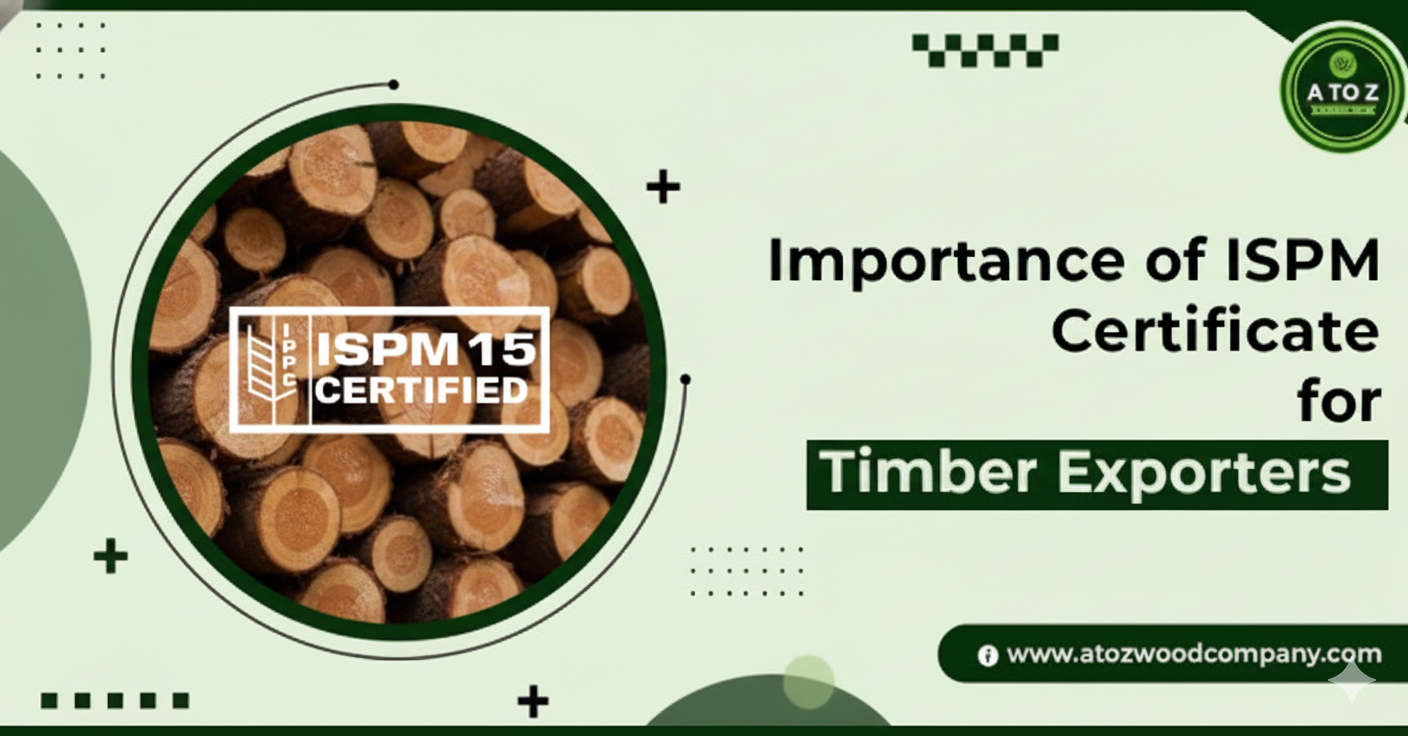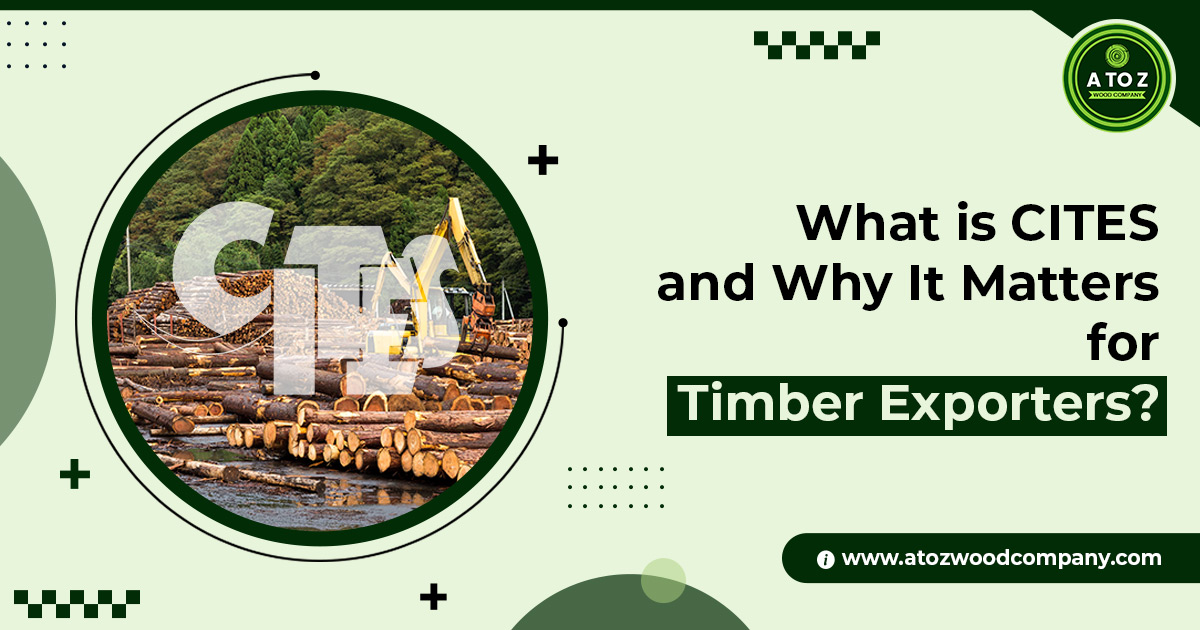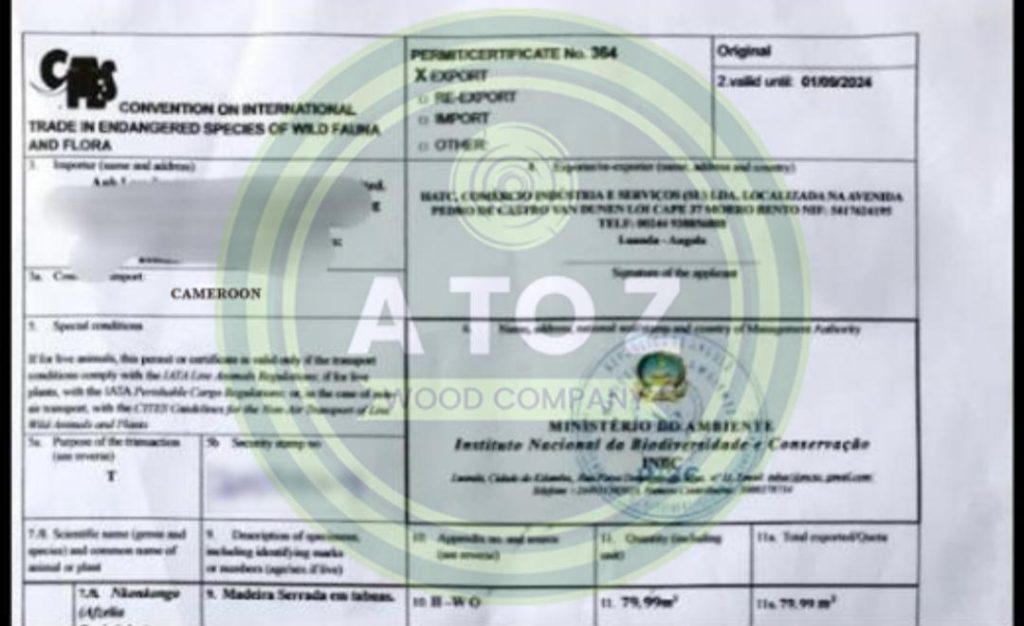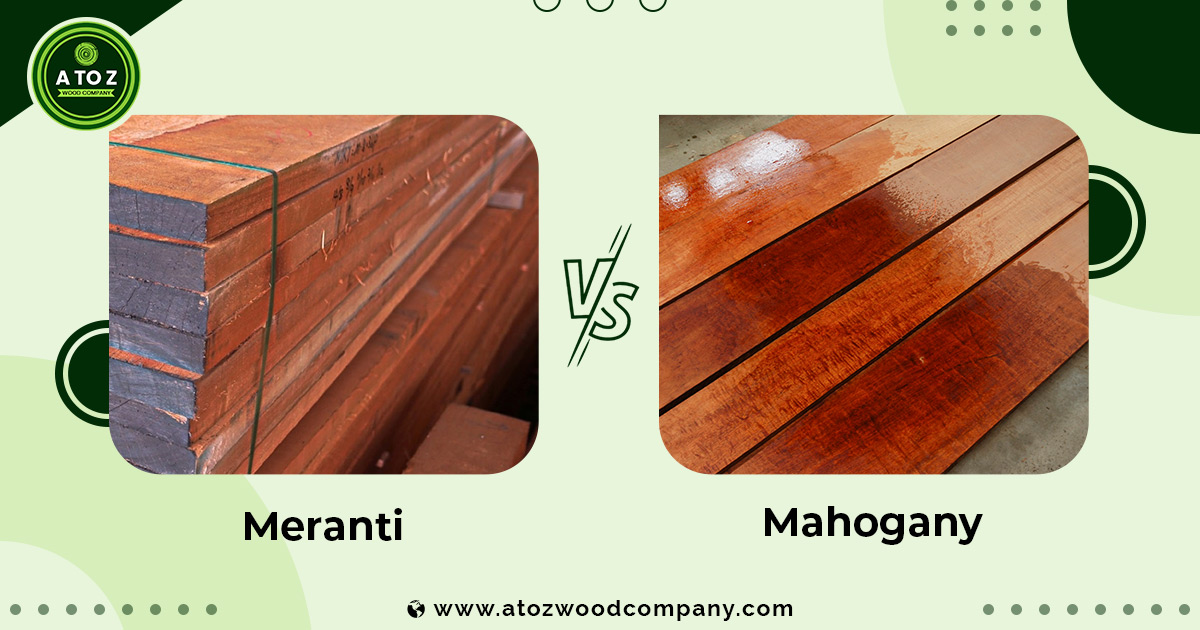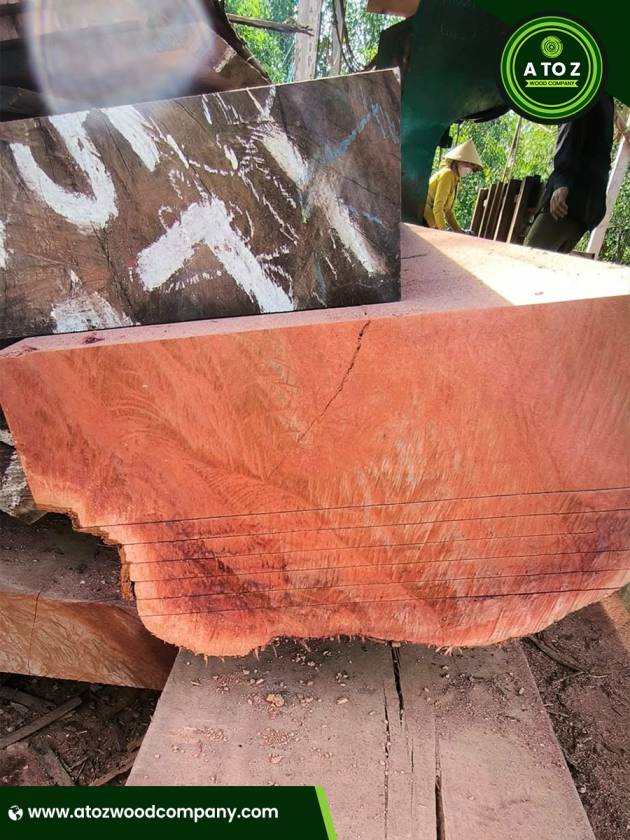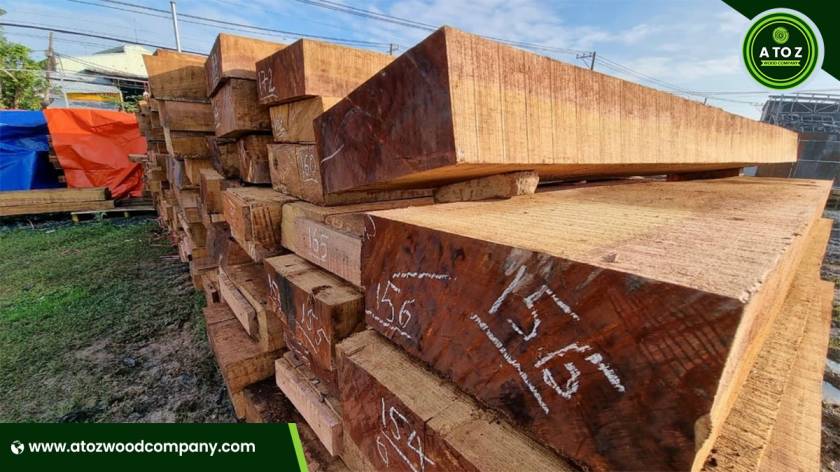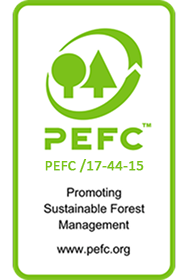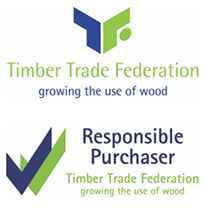In the global timber trade, compliance with international plant protection standards is not just good practice — it’s a necessity. One such essential standard is the ISPM Certificate, which ensures that wood packaging materials used in international trade are free from pests and diseases.
At AtoZ Wood Company, we take ISPM compliance seriously. It’s part of our commitment to safe, sustainable, and eco-friendly timber export.
🌍 What Is an ISPM Certificate?
The ISPM Certificate refers to the International Standards for Phytosanitary Measures (ISPM 15) — a global guideline established by the International Plant Protection Convention (IPPC).
ISPM 15 applies to solid wood packaging materials such as pallets, crates, boxes, dunnage, and timber used to support exported goods. The standard ensures that wood used in international shipping is treated to prevent the spread of invasive pests, fungi, or plant diseases across borders.
🔍 Purpose of ISPM 15 Certification
The main goal of the ISPM 15 standard is to protect global forests and ecosystems from harmful pests that could be transported via untreated wood.
Without proper treatment, timber packaging can harbor insects, larvae, and pathogens that threaten native trees in importing countries. ISPM certification guarantees that the wood has undergone an approved phytosanitary treatment — either heat treatment (HT) or methyl bromide fumigation (MB) — to eliminate such risks.
⚙️ How ISPM Certification Works
Here’s how the ISPM 15 certification process typically works:
-
Treatment:
Wood is treated by heat or fumigation to destroy pests and larvae.-
Heat Treatment (HT): Timber is heated to a minimum core temperature of 56°C for at least 30 minutes.
-
Fumigation (MB): Wood is treated with methyl bromide gas under controlled conditions.
-
-
Marking:
Treated wood products are then stamped with the official ISPM 15 mark, which includes:-
The IPPC symbol 🌿
-
The country code
-
The treatment code (HT or MB)
-
The producer’s unique certification number
-
-
Certification Issuance:
An official ISPM Certificate is issued to verify compliance, which accompanies timber during export inspections and customs clearance.
🏗️ Why the ISPM Certificate Is Crucial for Timber Exporters
1. Ensures Smooth International Trade
Many countries strictly prohibit the import of untreated or uncertified wood packaging. Having ISPM certification ensures your timber shipments clear customs quickly, avoiding costly delays or rejections.
2. Prevents Pest Infestation
Certified wood is pest-free, reducing the risk of spreading harmful insects that can damage ecosystems and agricultural sectors worldwide.
3. Builds Buyer Trust
For global buyers, ISPM certification is a sign of professionalism and reliability. It shows that a supplier like AtoZ Wood Company follows international standards, ensuring safe and legal timber trade.
4. Supports Sustainability Goals
ISPM 15 aligns with global sustainability and conservation efforts. At AtoZ, this complements our eco-friendly harvesting, treatment, and export operations.
5. Protects Reputation and Avoids Penalties
Exporting untreated or uncertified timber can lead to penalties, product rejection, or bans. Maintaining ISPM compliance helps safeguard both reputation and revenue.
🌱 AtoZ Wood Company’s Commitment to ISPM Compliance
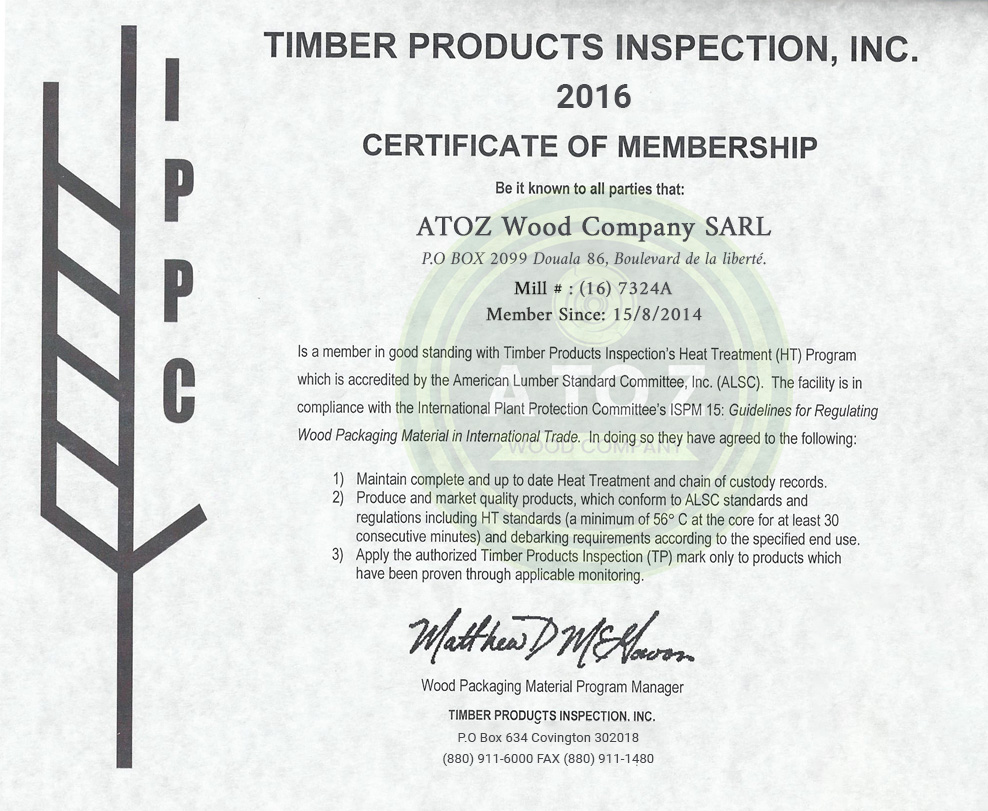
As a global timber supplier, AtoZ Wood Company ensures that every wooden product and packaging material used in export meets ISPM 15 standards.
Our process includes:
-
Using heat-treated and stamped packaging materials
-
Conducting regular phytosanitary inspections
-
Partnering with certified treatment facilities
-
Providing documentation and traceability for every export shipment
We go beyond compliance — we make it a part of our sustainability mission, ensuring all operations are safe for both people and the planet.
📦 Which Timber Products Require ISPM Certification?
ISPM 15 certification typically applies to:
-
Wooden pallets, crates, and boxes
-
Dunnage and supports used in shipping
-
Sawn timber and logs used for packaging or export purposes
However, it does not apply to products made from processed wood materials, such as:
-
Plywood
-
Particle board
-
Veneer
-
MDF (Medium Density Fiberboard)
These are already considered pest-free due to their manufacturing process.
🌐 The Global Importance of ISPM 15
Over 180 countries follow ISPM 15 guidelines, making it one of the most universally accepted plant protection standards in global trade.
For exporters like AtoZ Wood Company, ISPM certification is not just a legal requirement — it’s a commitment to quality, responsibility, and trustworthiness in every shipment.
💡 Conclusion
In the world of timber export, ISPM certification is more than a document — it’s a passport for your products to reach global markets safely and legally.
At AtoZ Wood Company, every shipment reflects our promise of sustainability, quality, and compliance. From forest to container, we ensure that your timber meets the highest international standards.
Whether you’re importing or buying in bulk, you can rely on AtoZ Wood Company for ISPM-certified, eco-friendly, and sustainable timber.
 +237 681 25 6934
+237 681 25 6934
